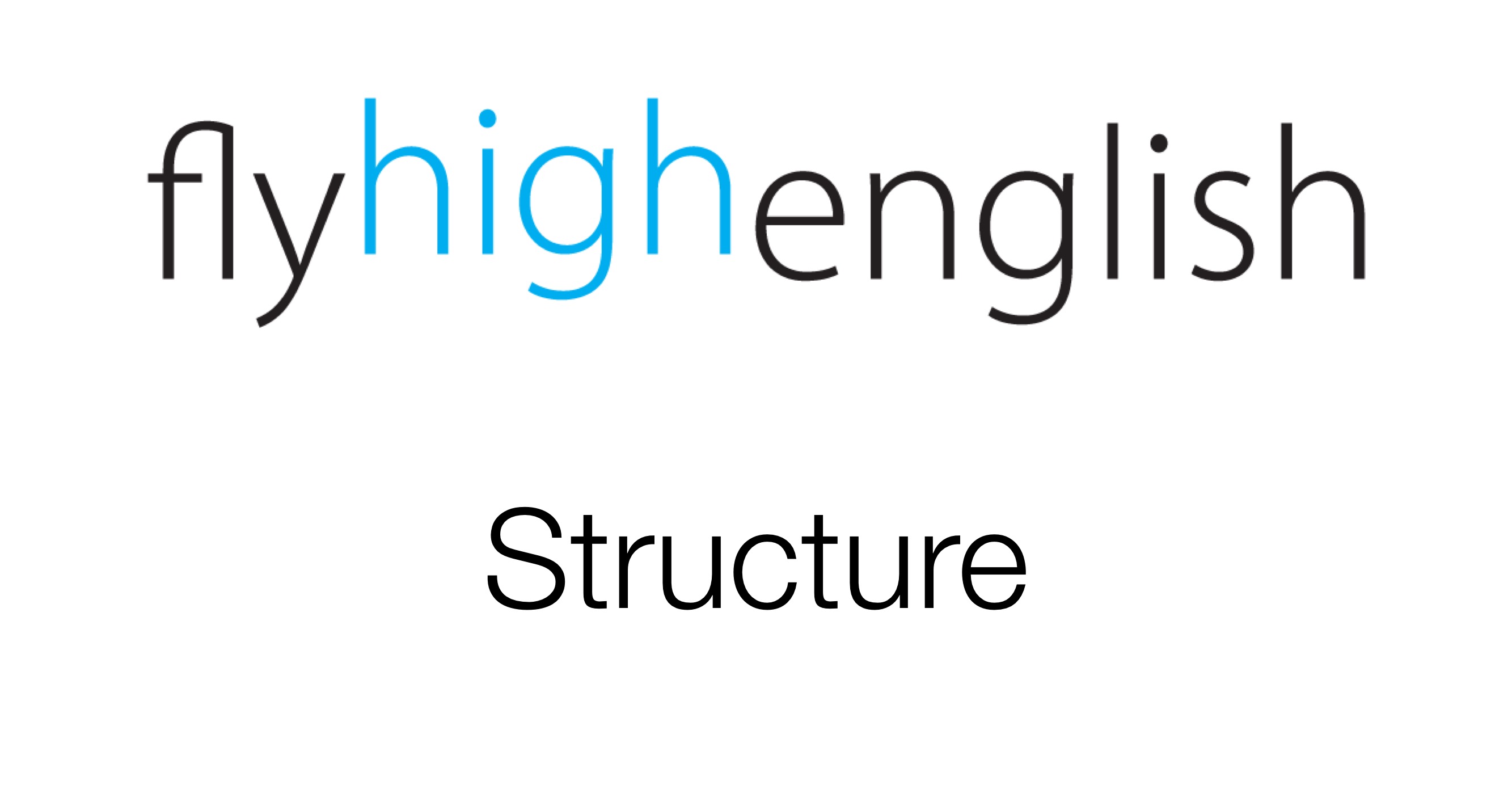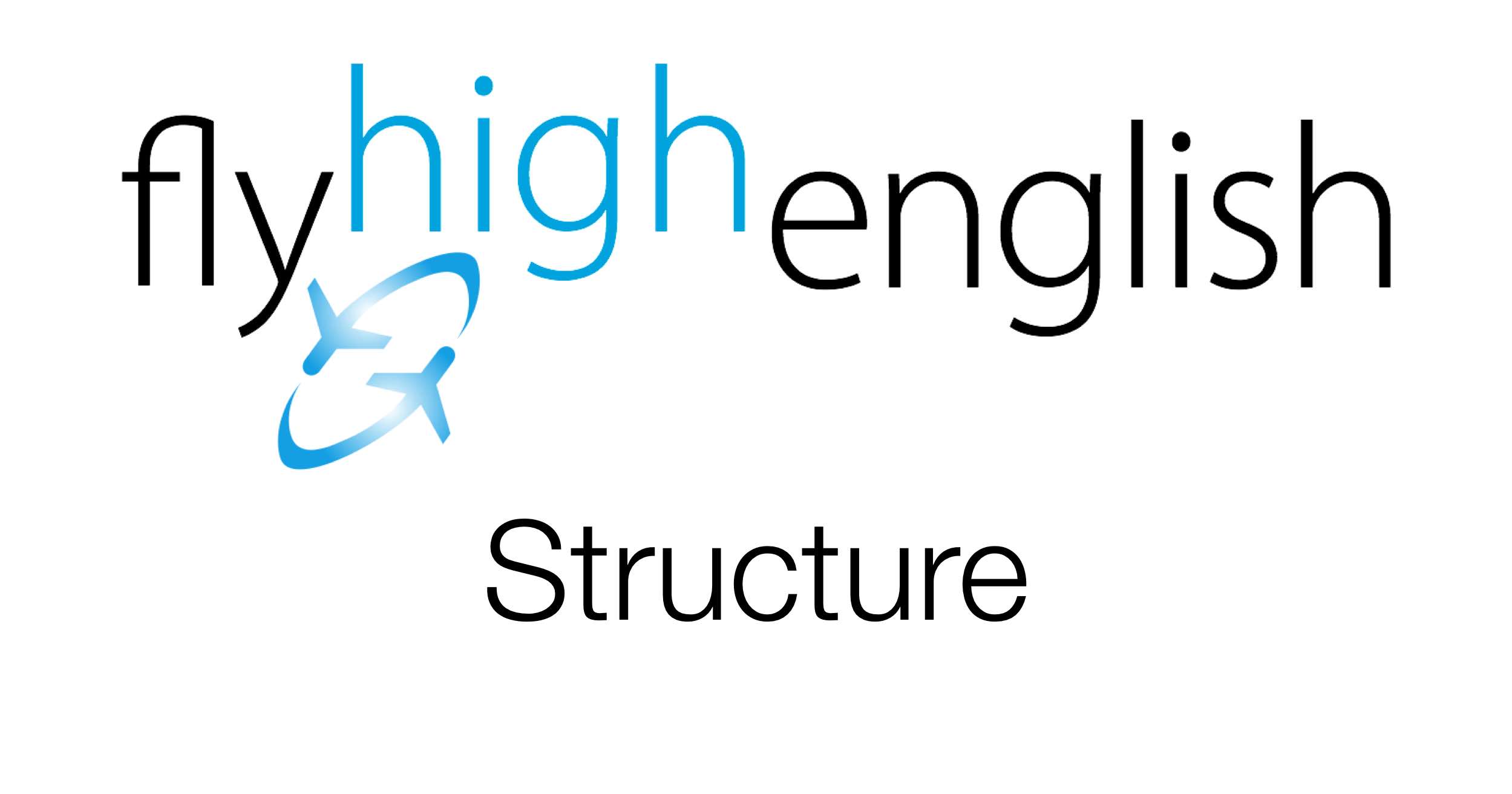
This time in our structure help we talk about the difference between come and go. Two very common verbs but sometimes people confuse them. To understand these two verbs we need to understand the idea of the speaker’s position. Where is the speaker when he/she speaks? Think about that position. That position could be in a building (home/work etc..), in a park, in a city, in a state, in a country or even a continent. Normally, the speaker is in a building, and at the same time in a city, a state and a country. All of this is important. When talking about movement to one of those locations (building, city, state, country, continent) use the verb come. When talking about movement to another place, use go.
Look at the diagram below and read the examples below it for more help.

Imagine this situation; you’re at home. You ask your husband / wife, ‘when is your brother coming for dinner?’ This represents movement to your location so you use come.
Follow us on twitter here, Facebook here or Google+ here for more great content!
Have a great day!






